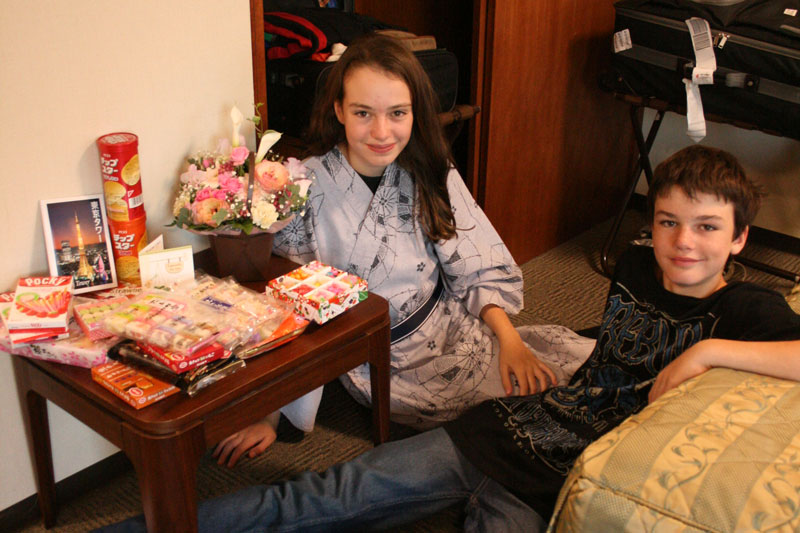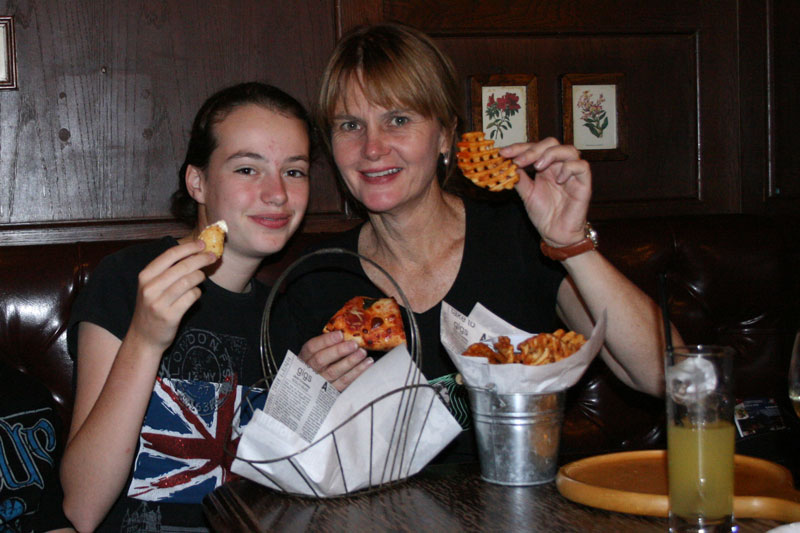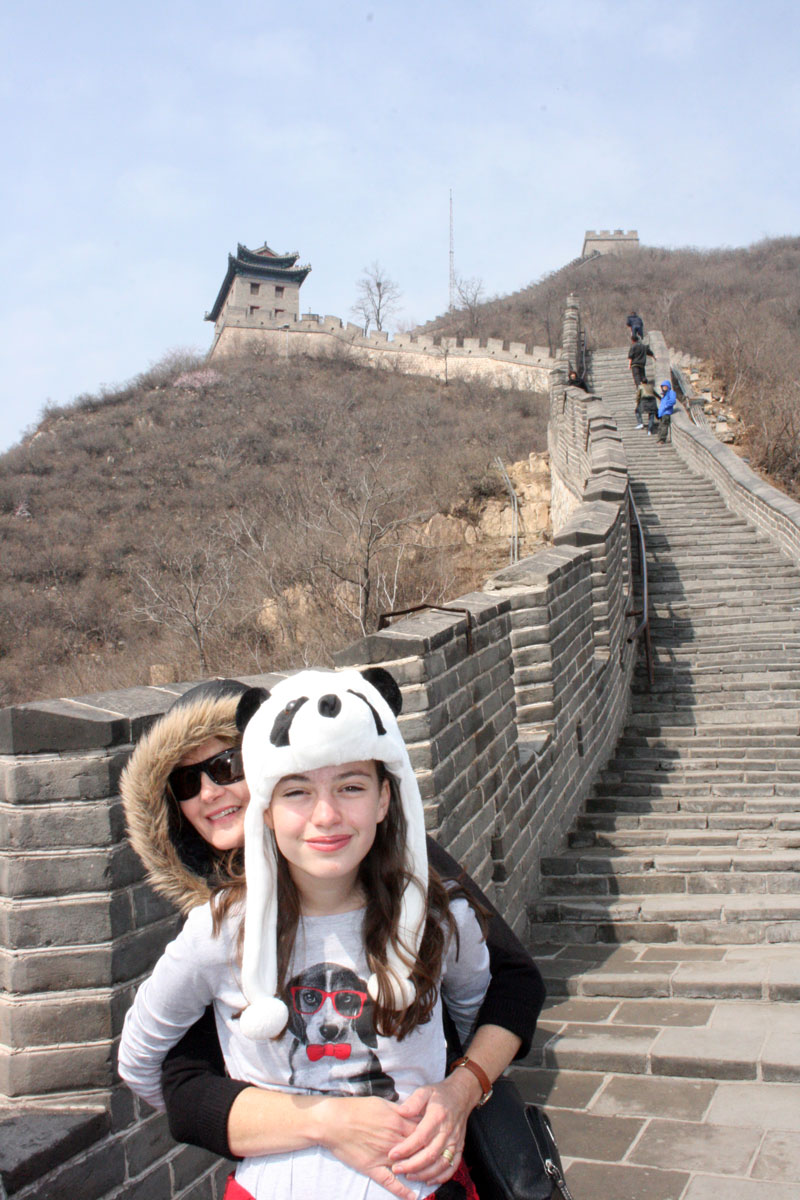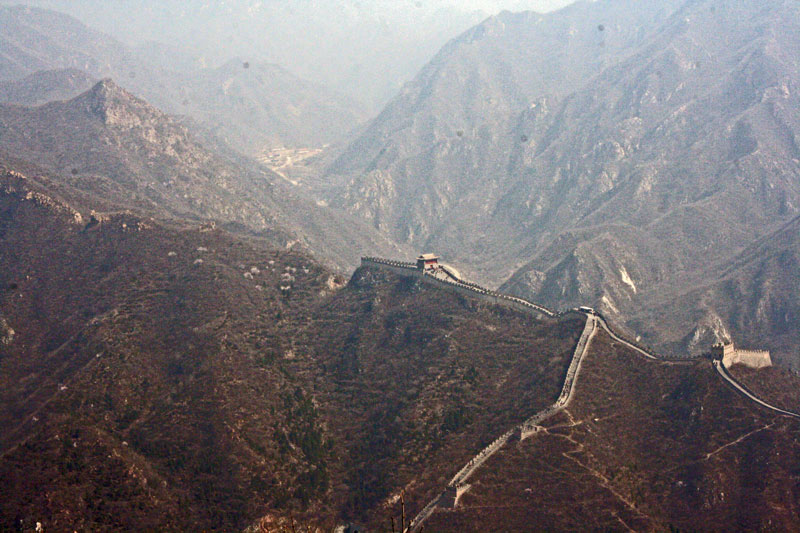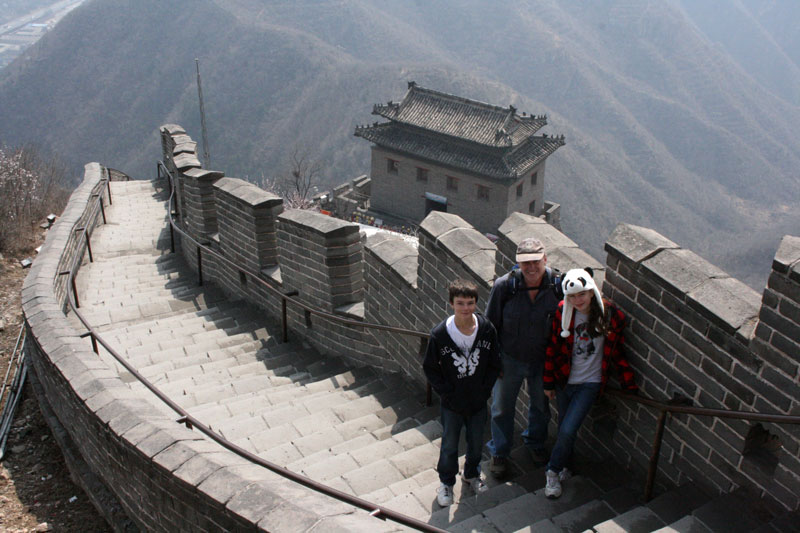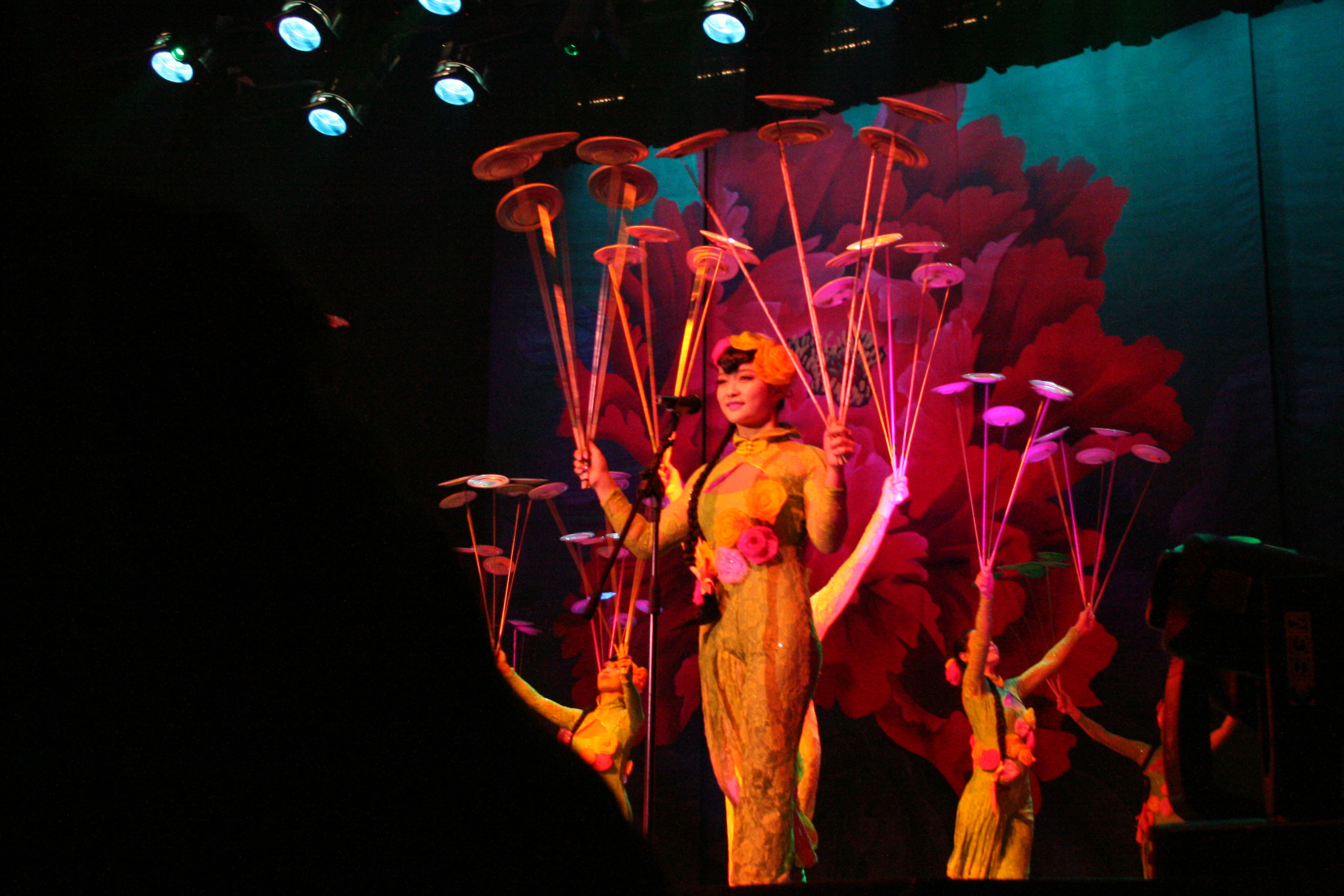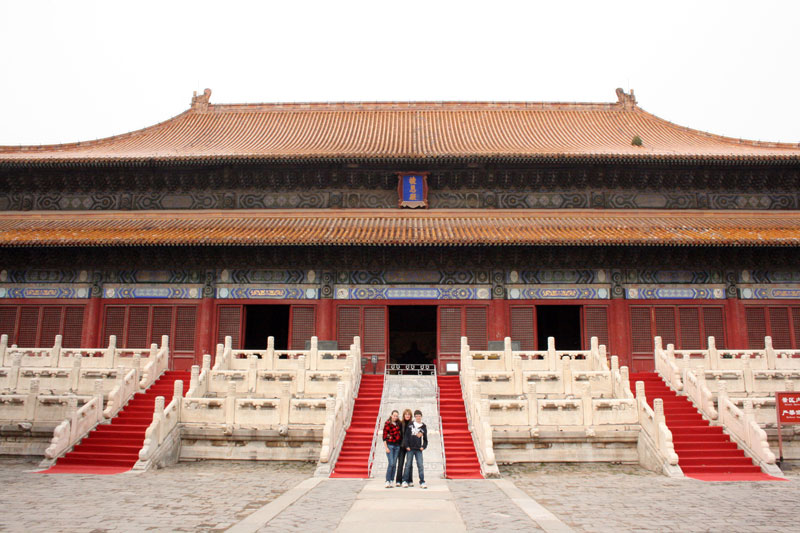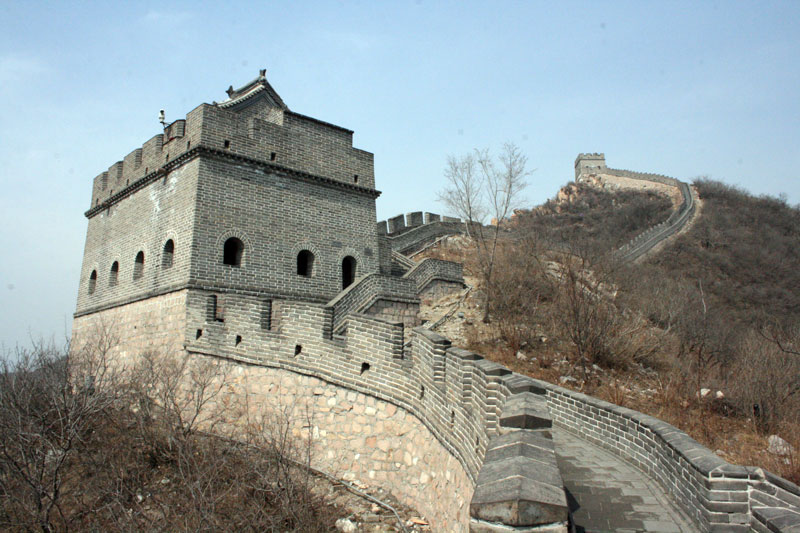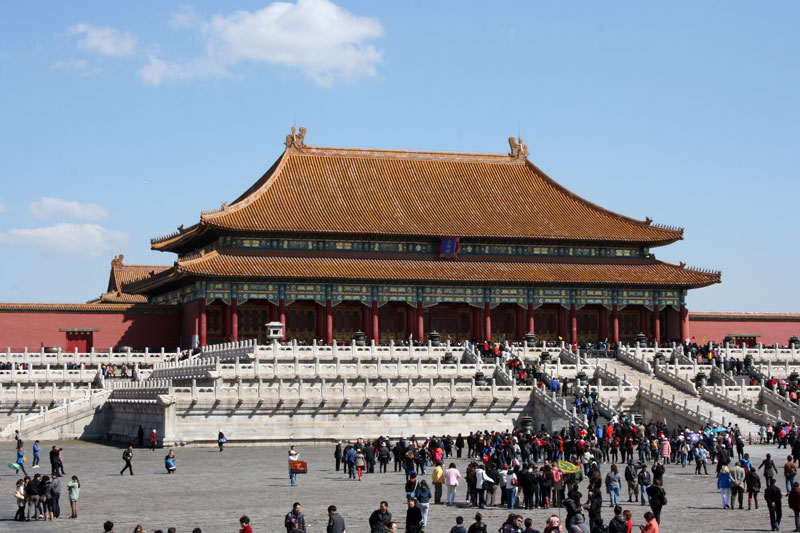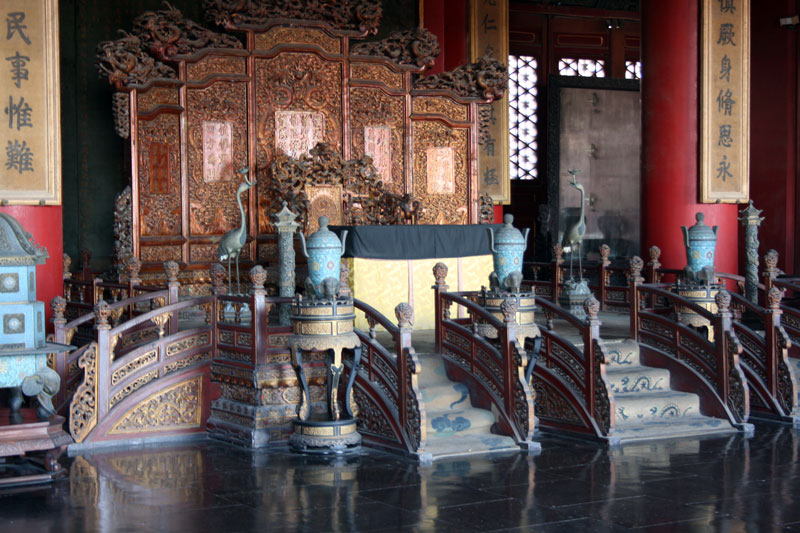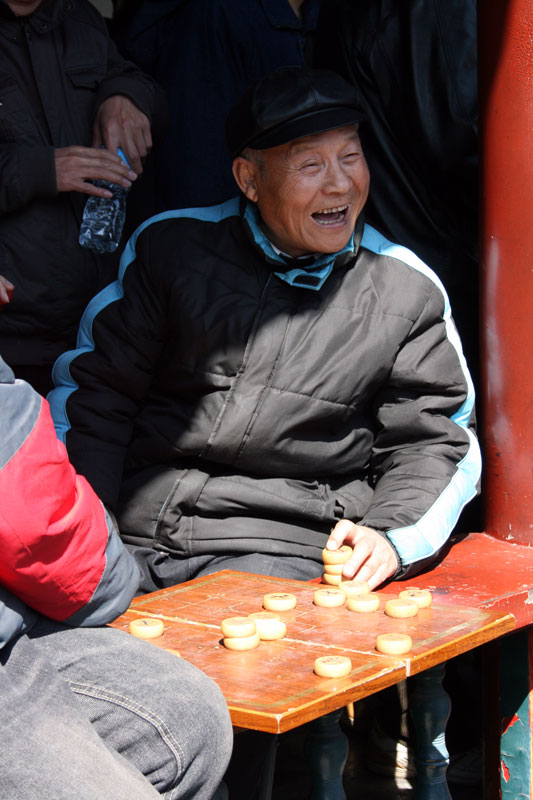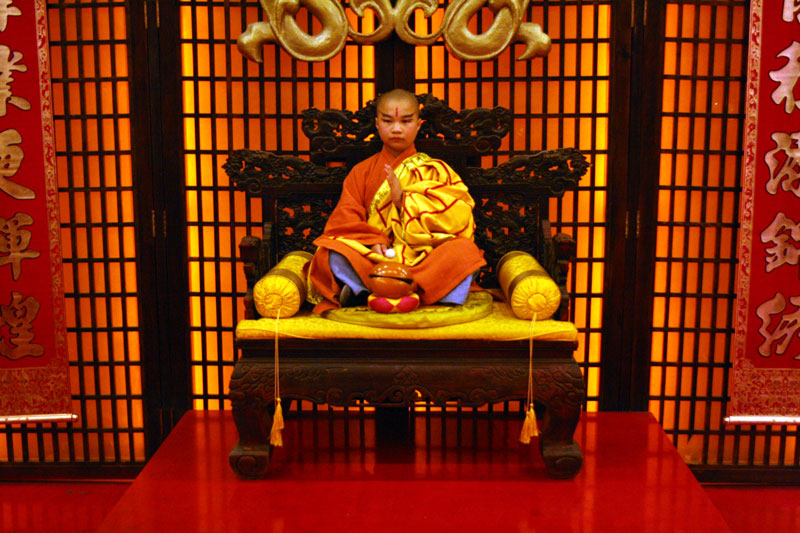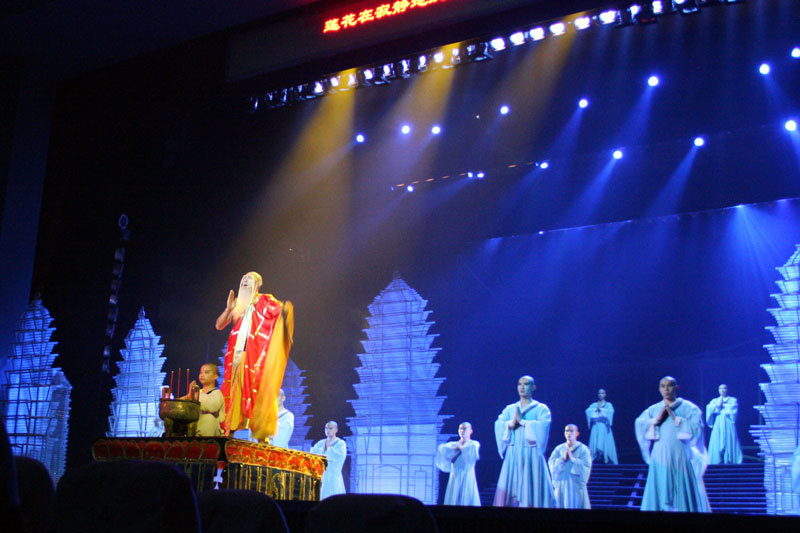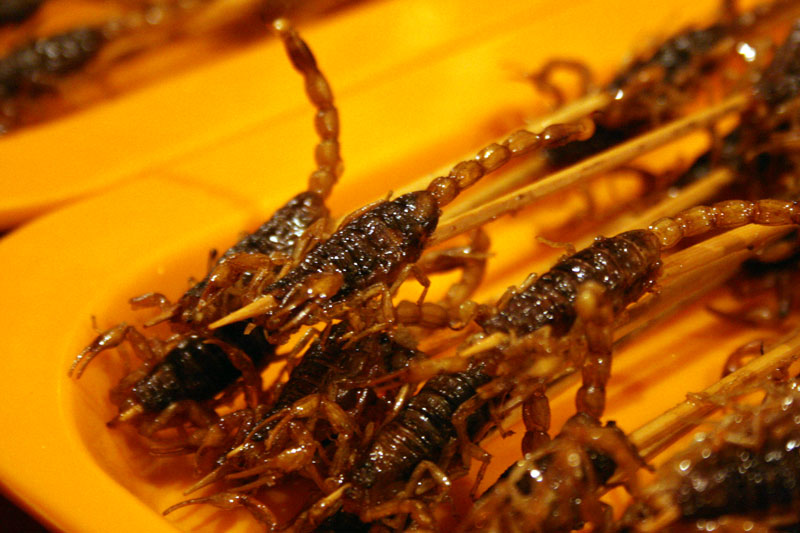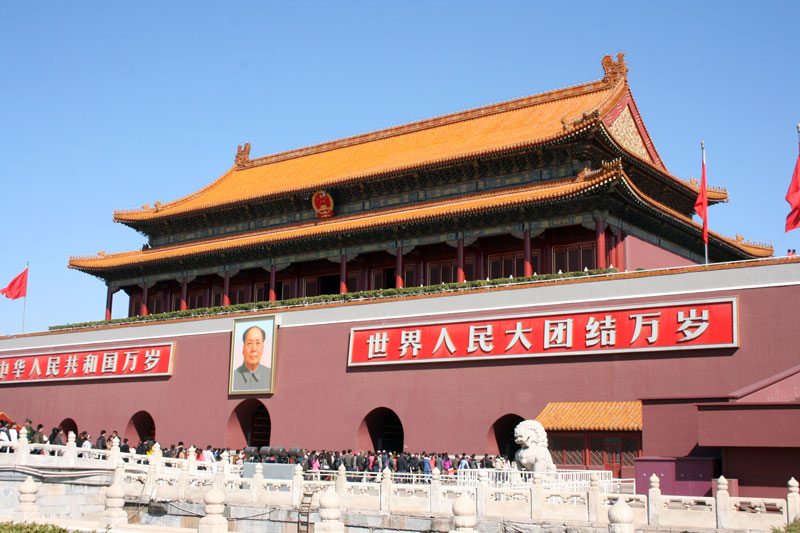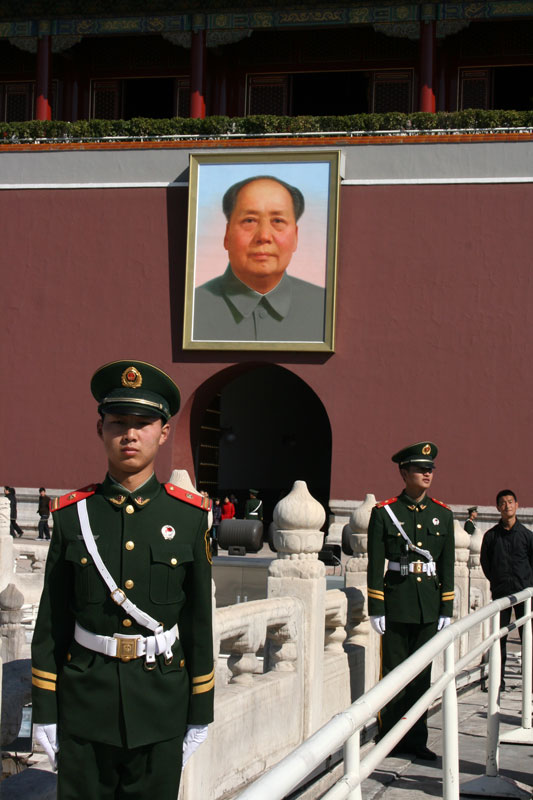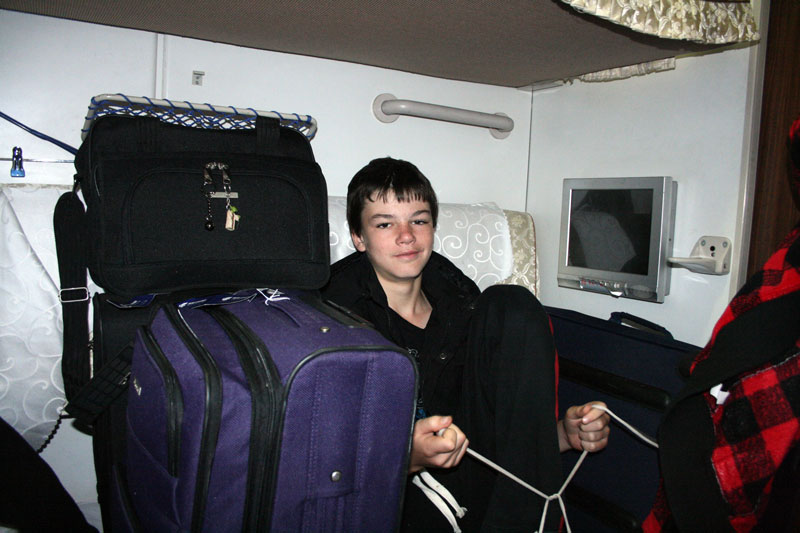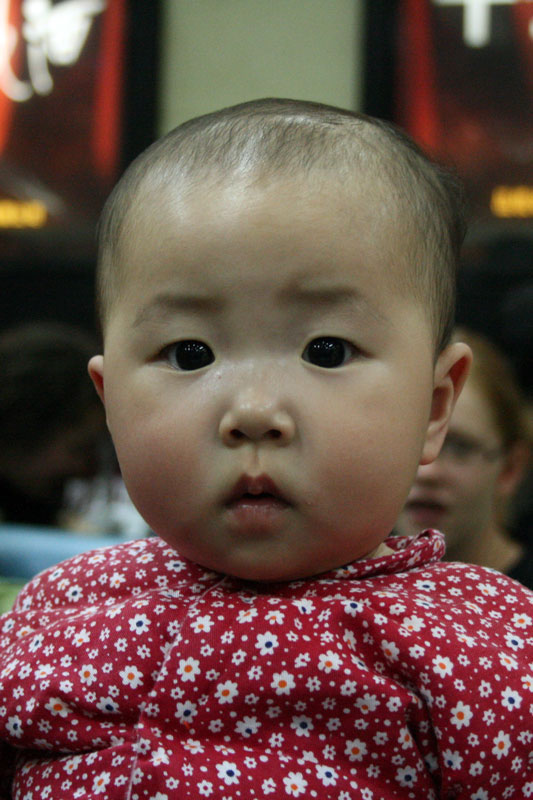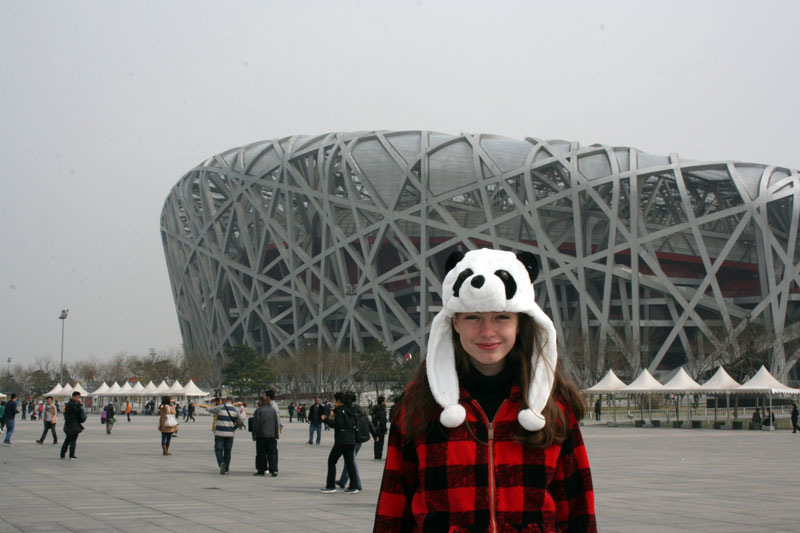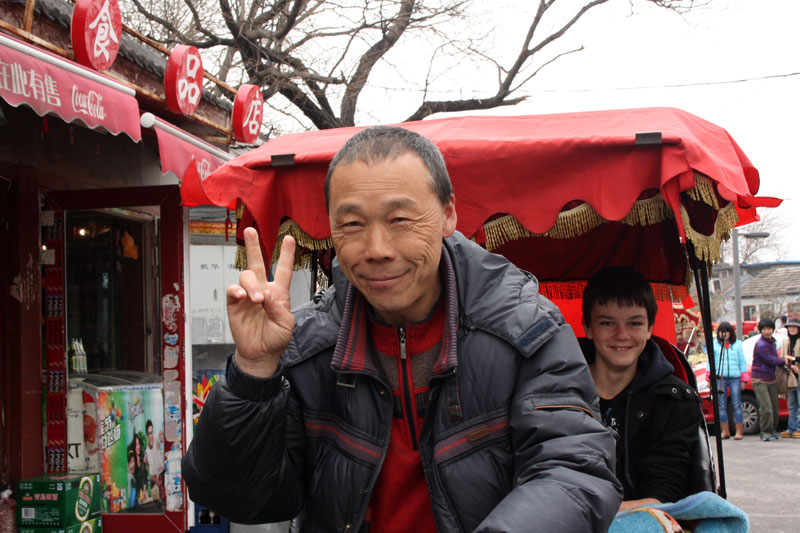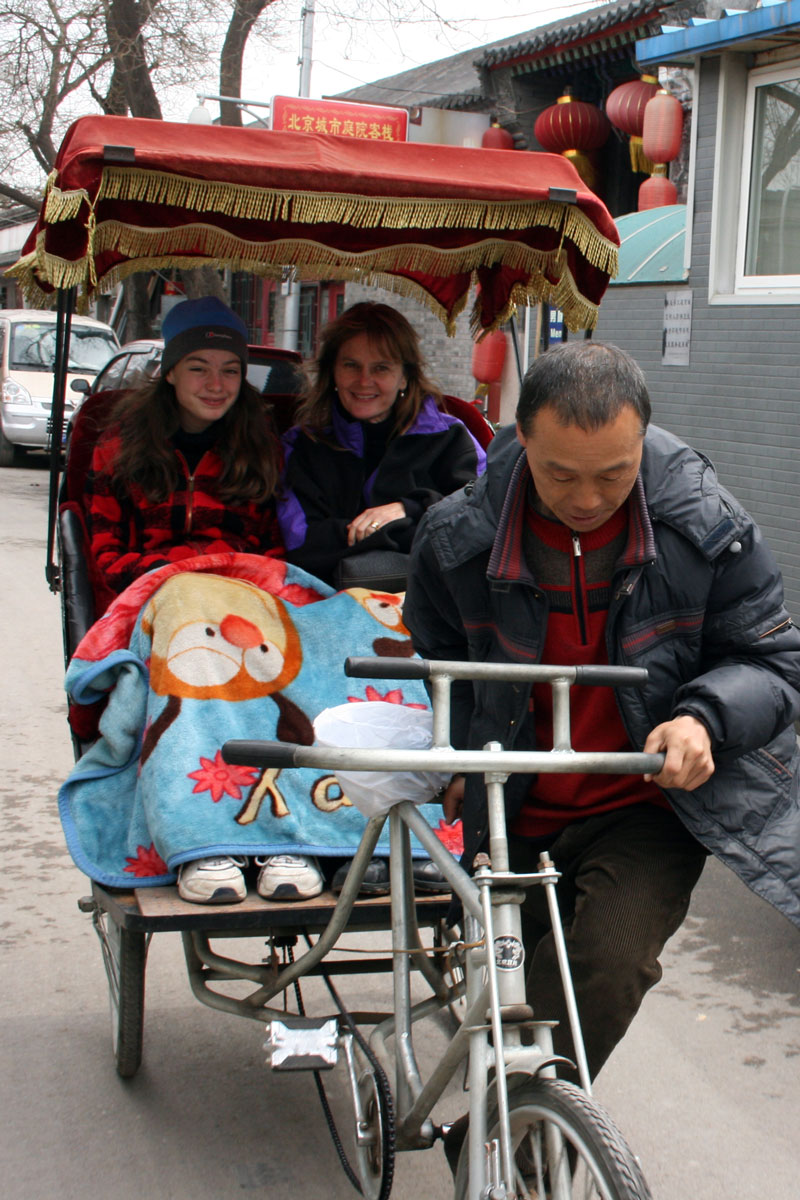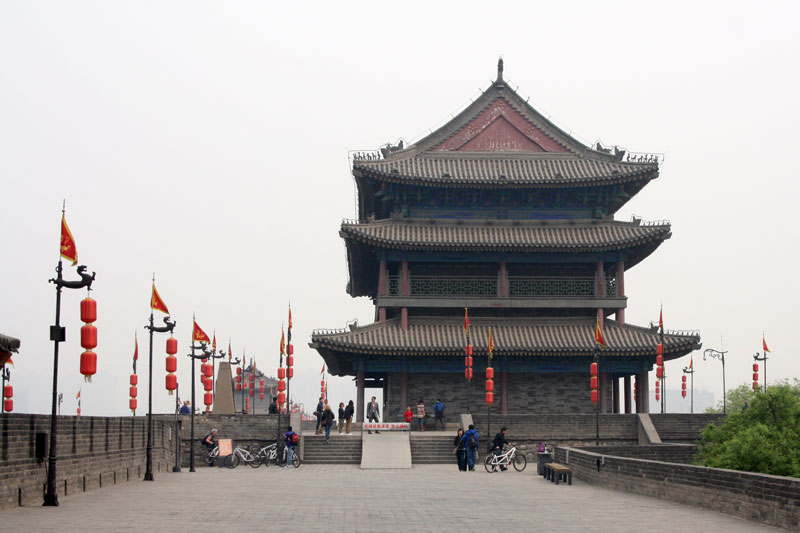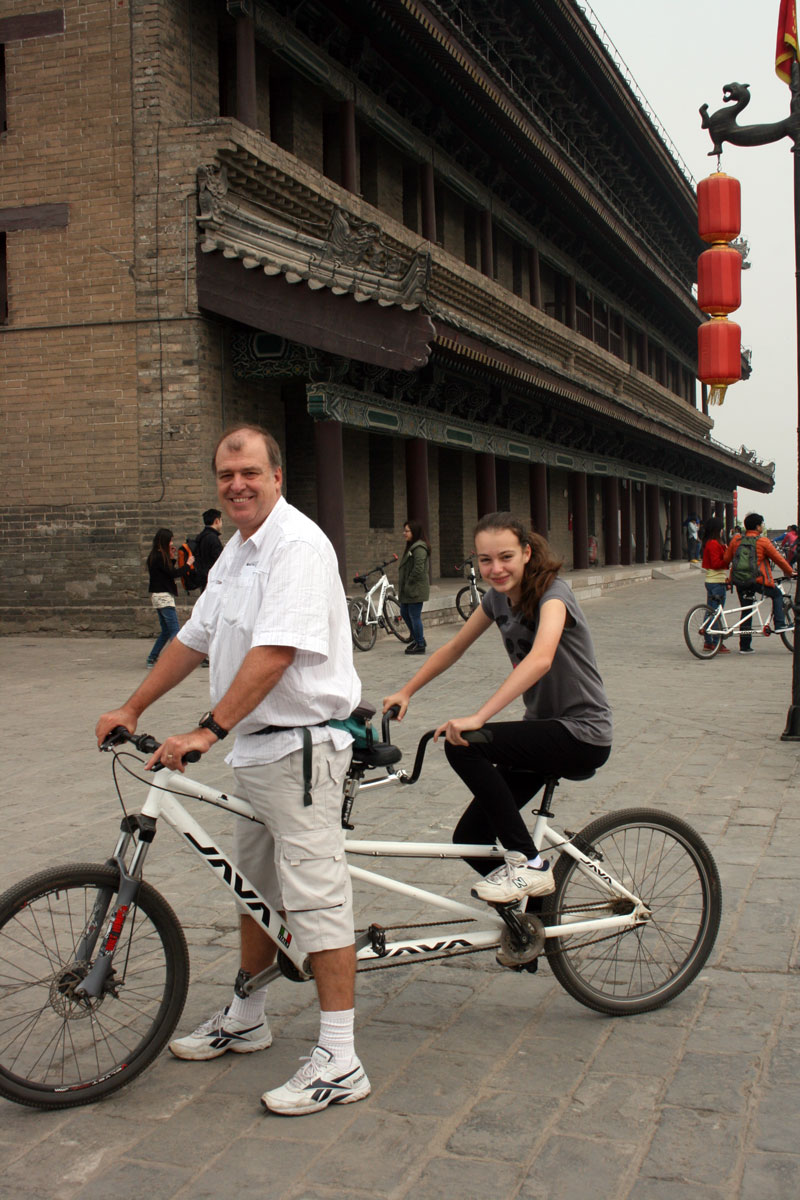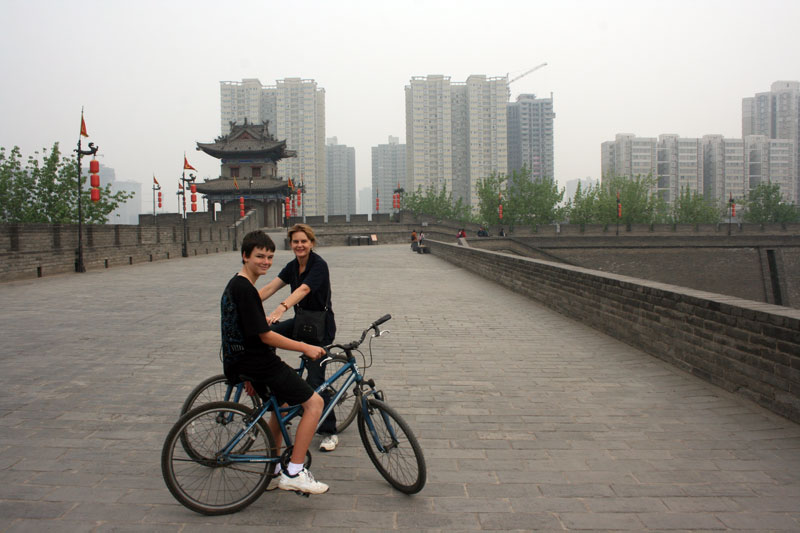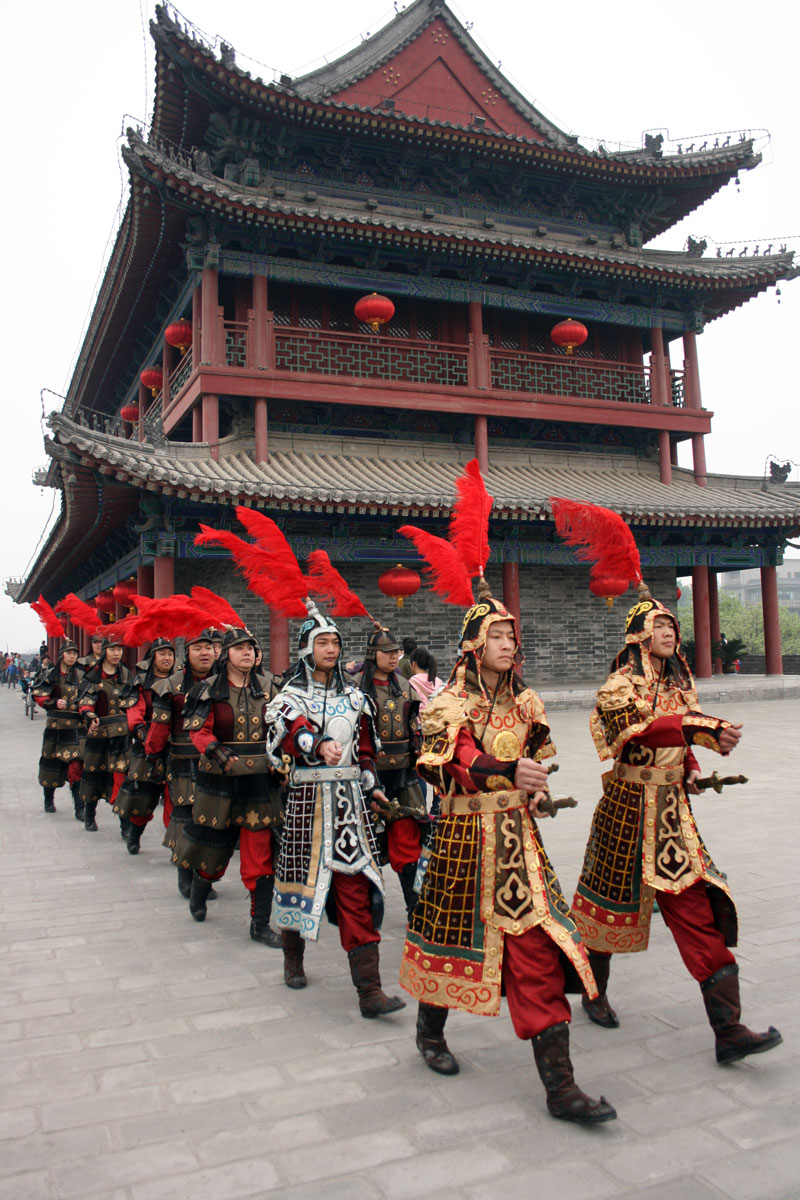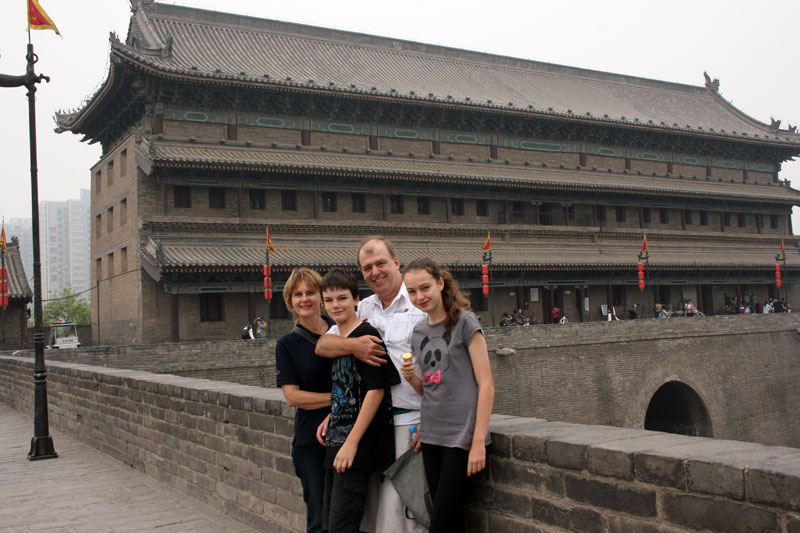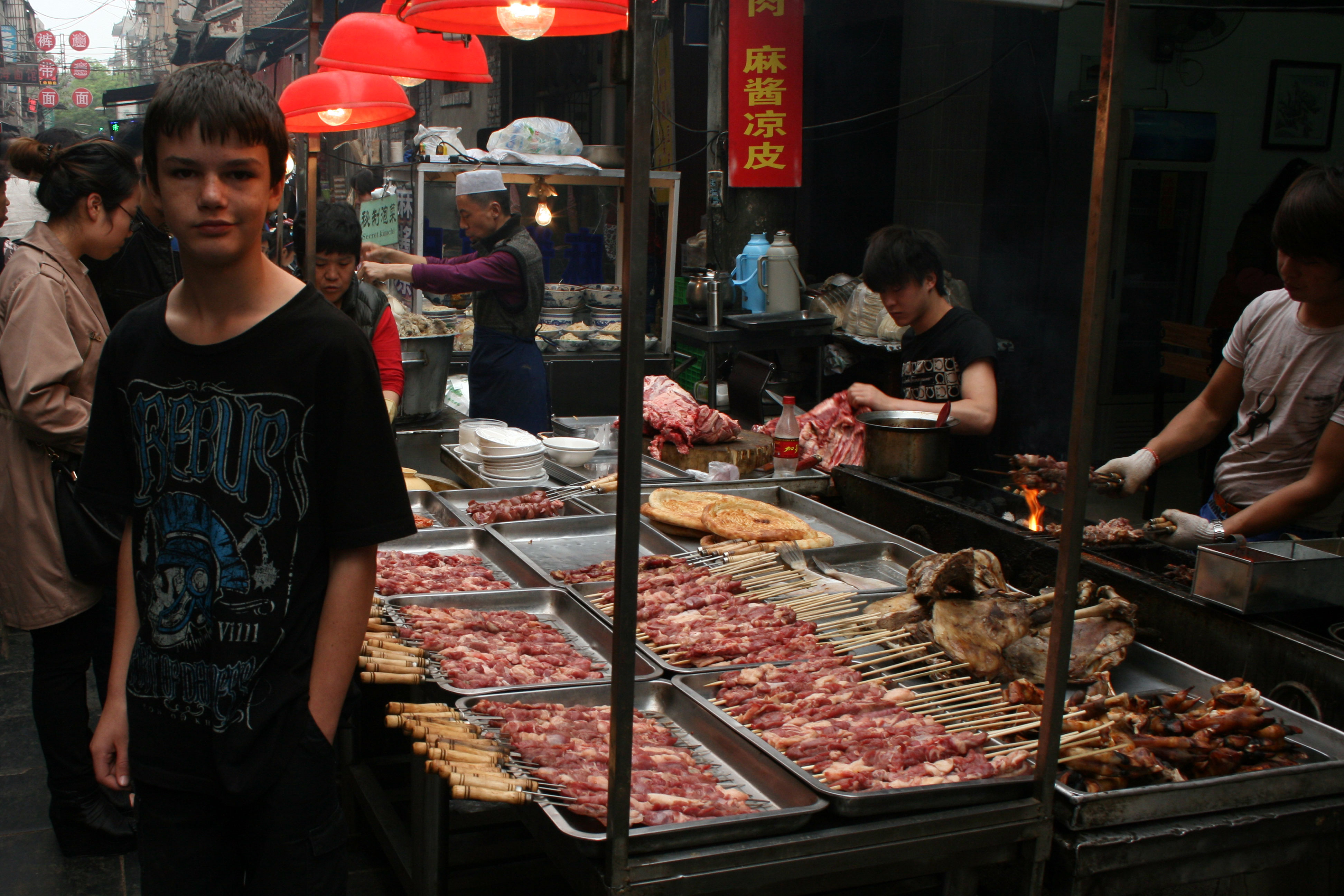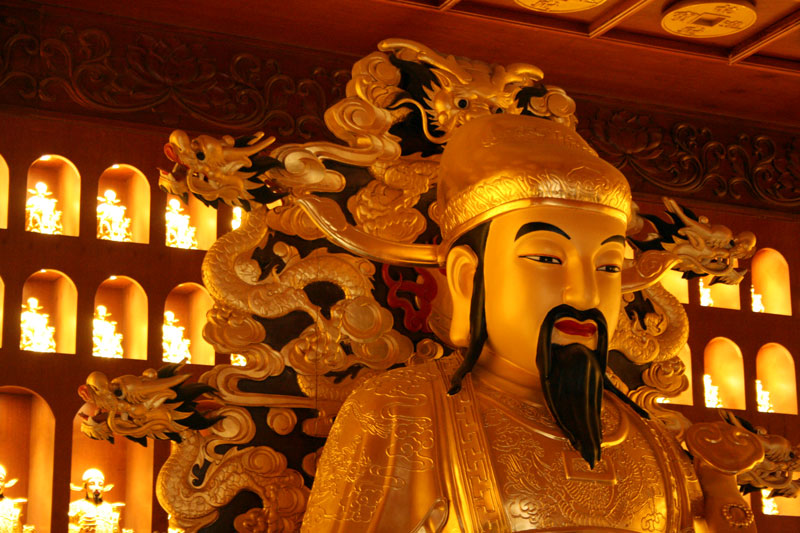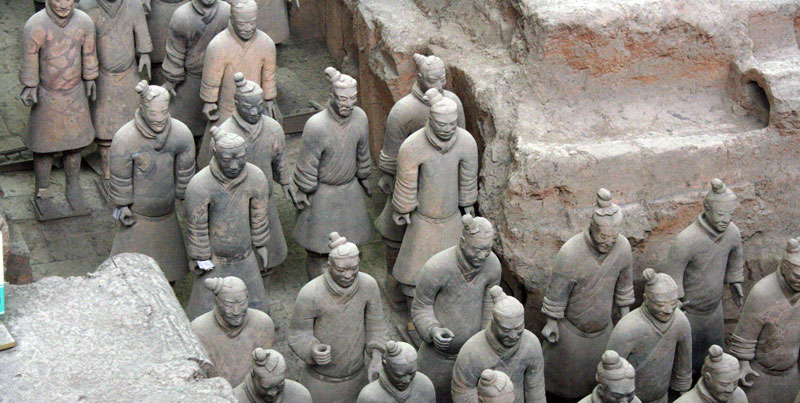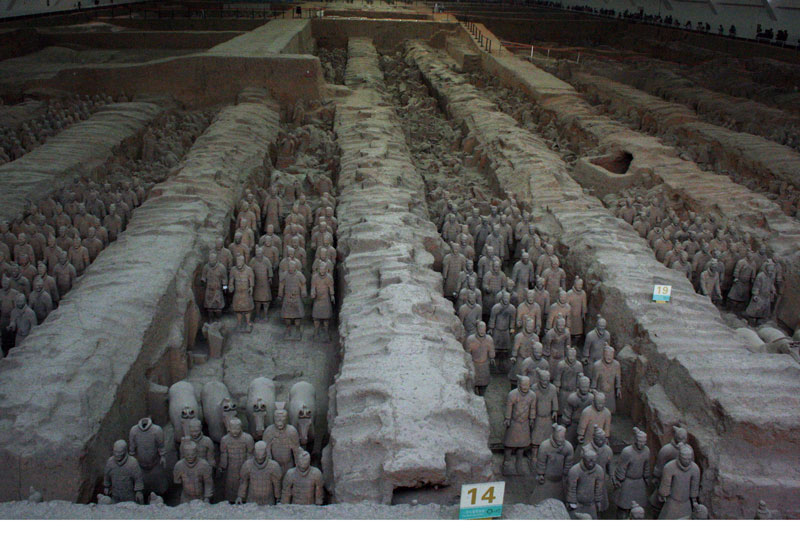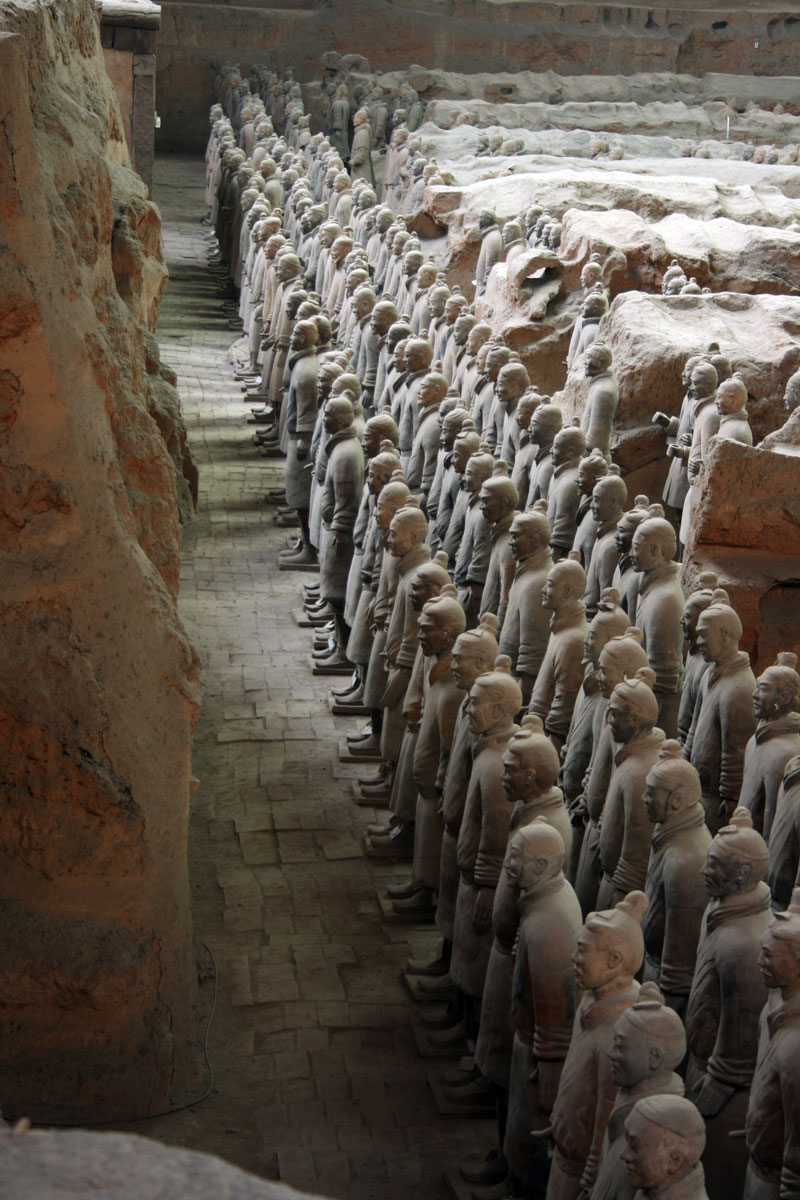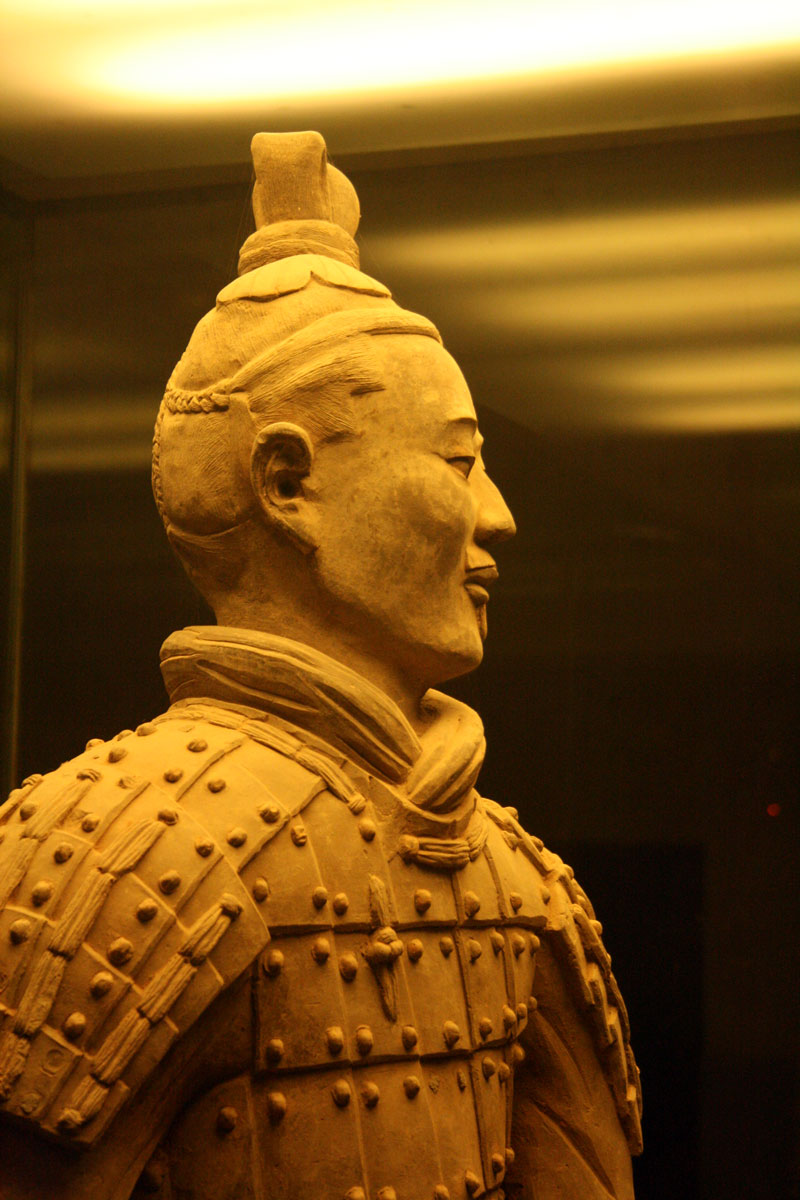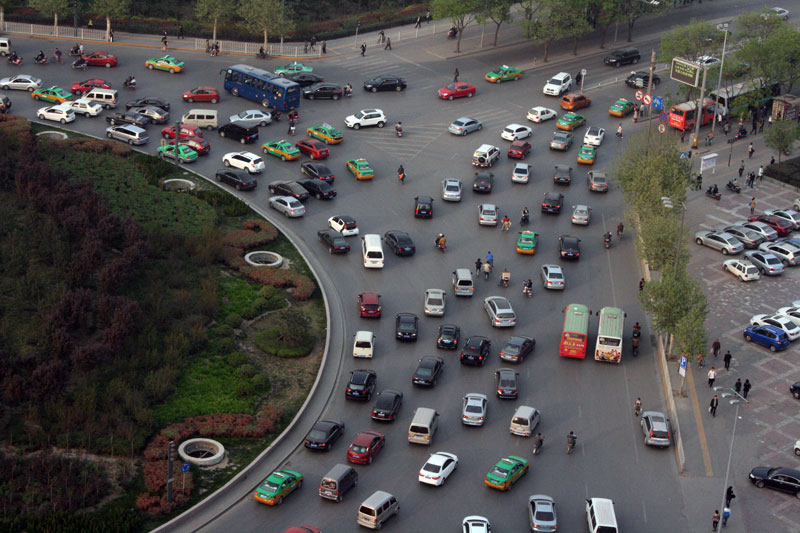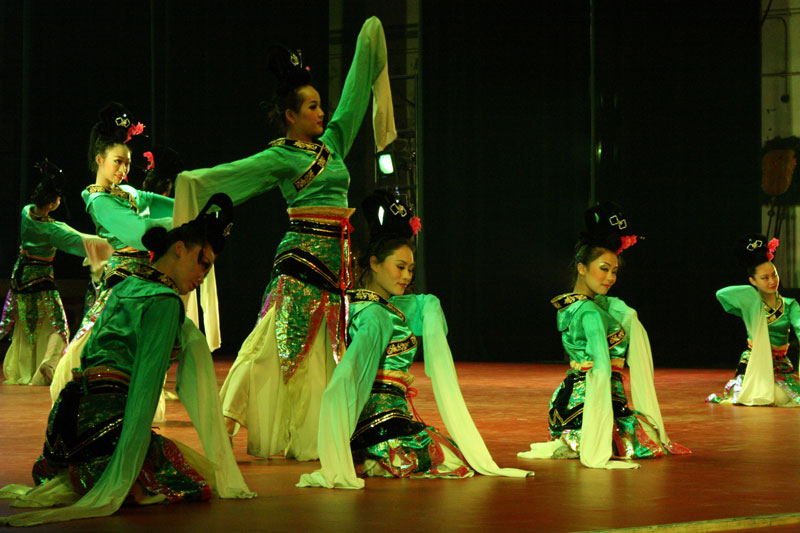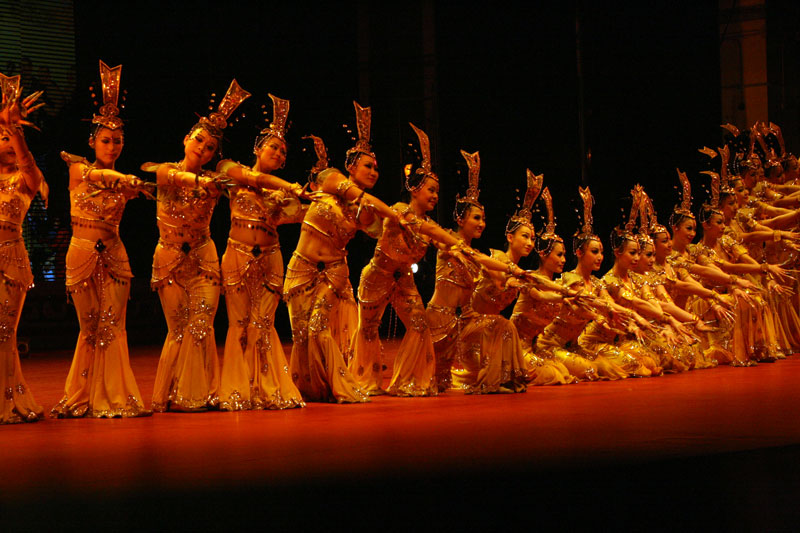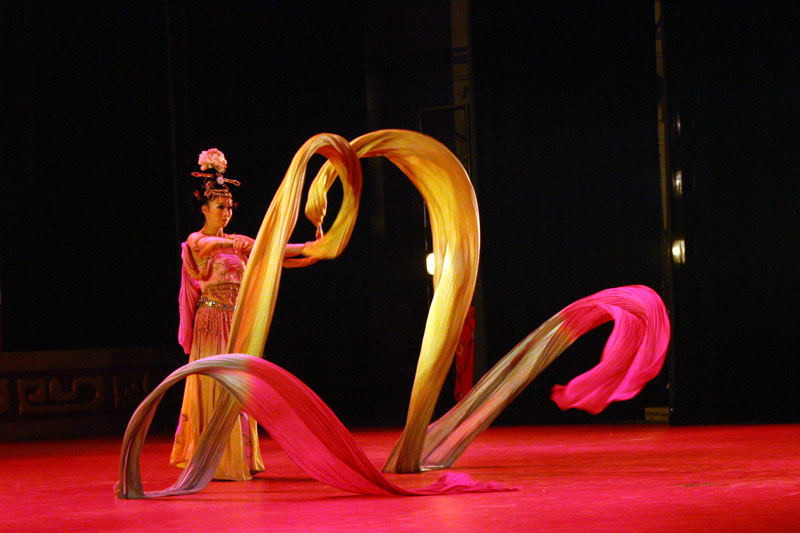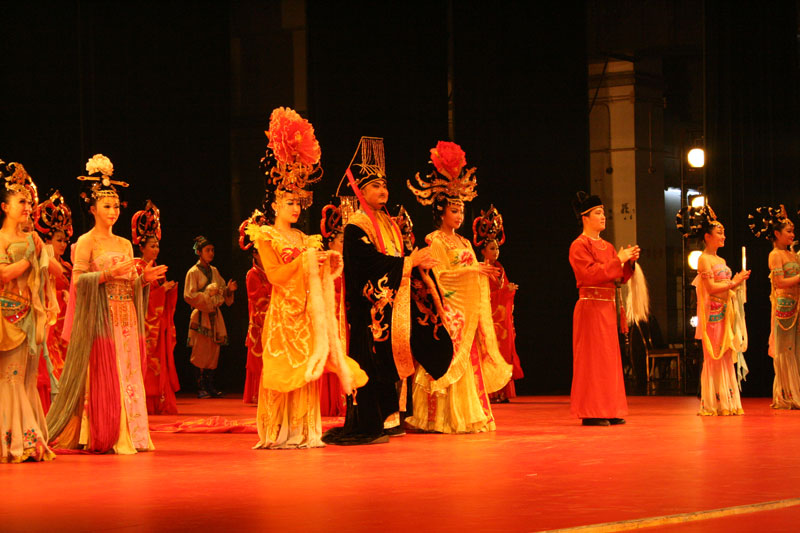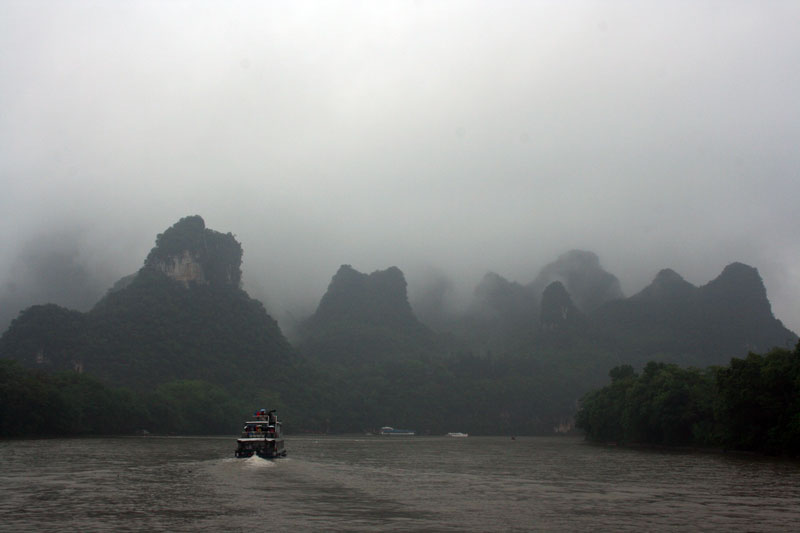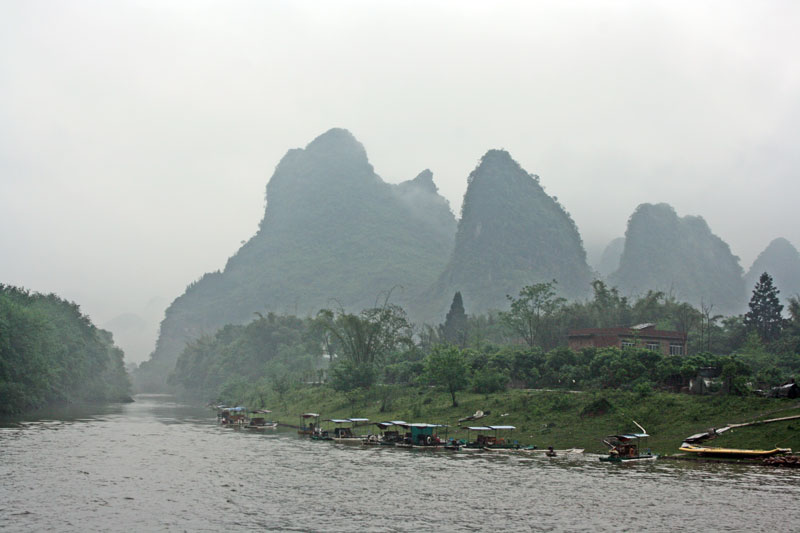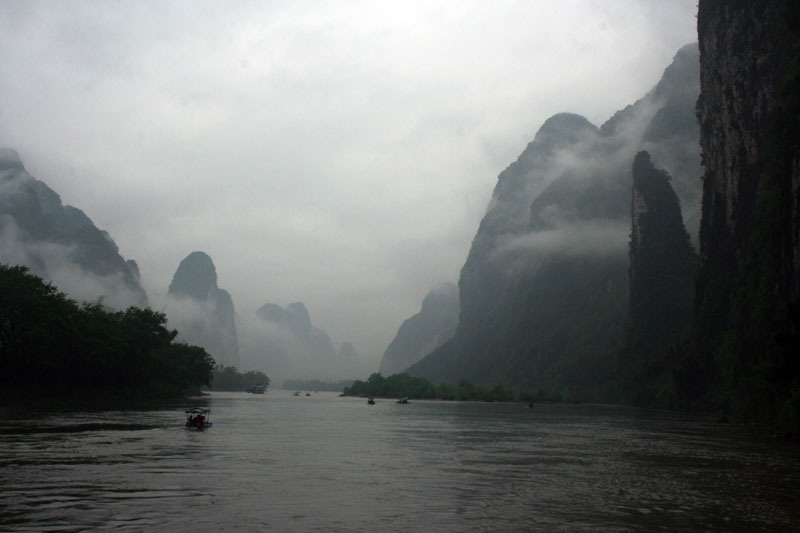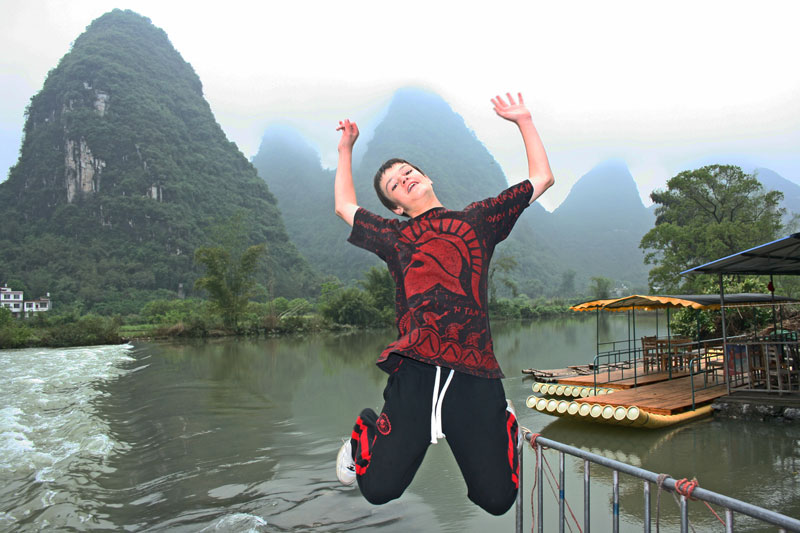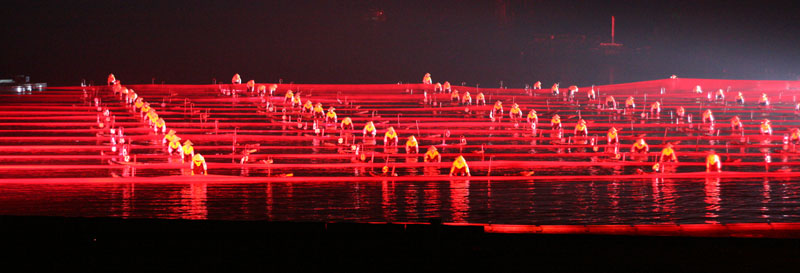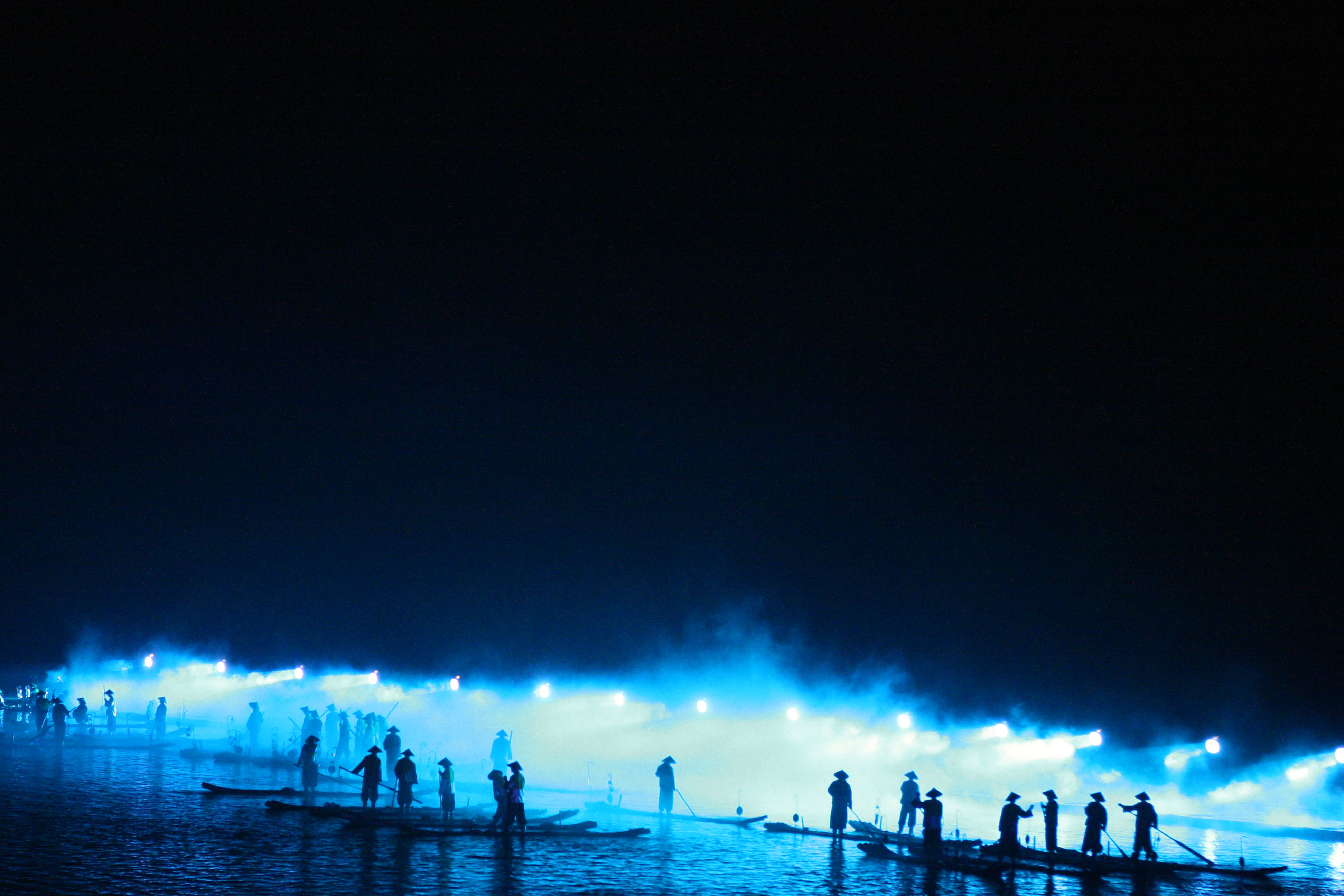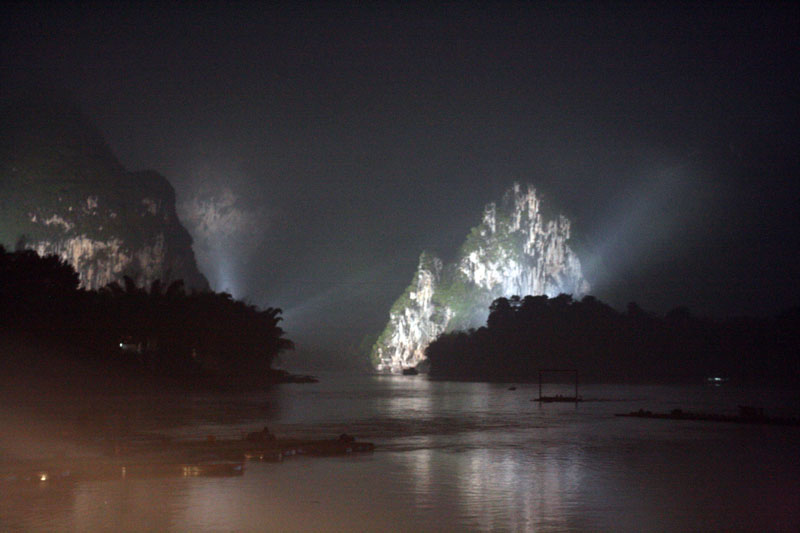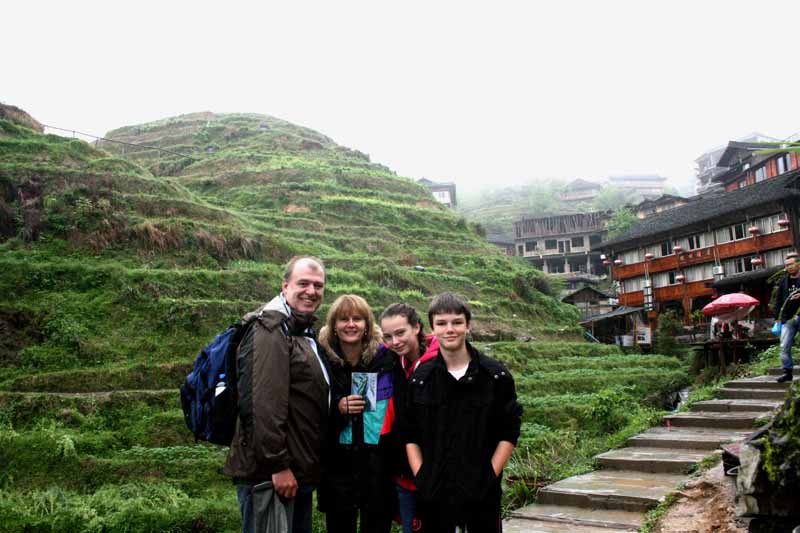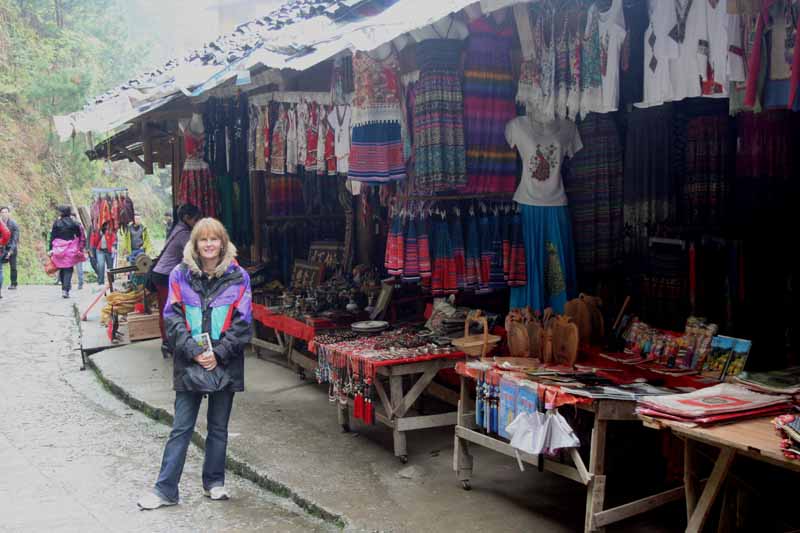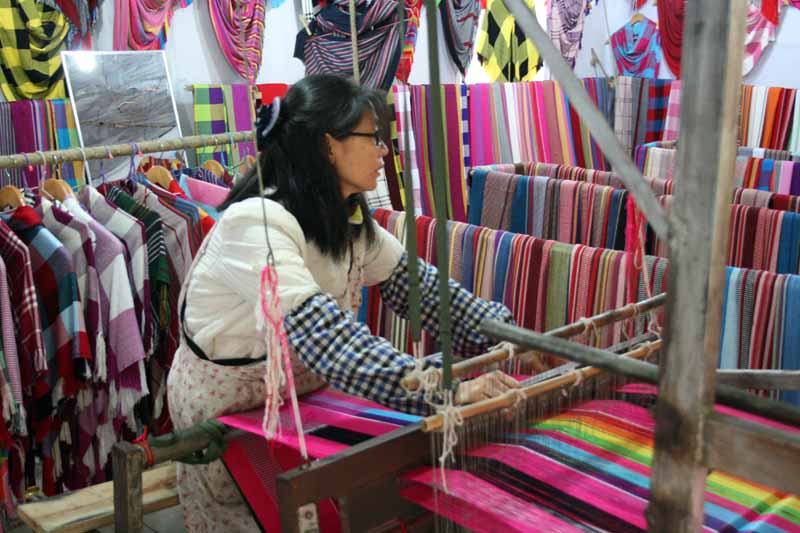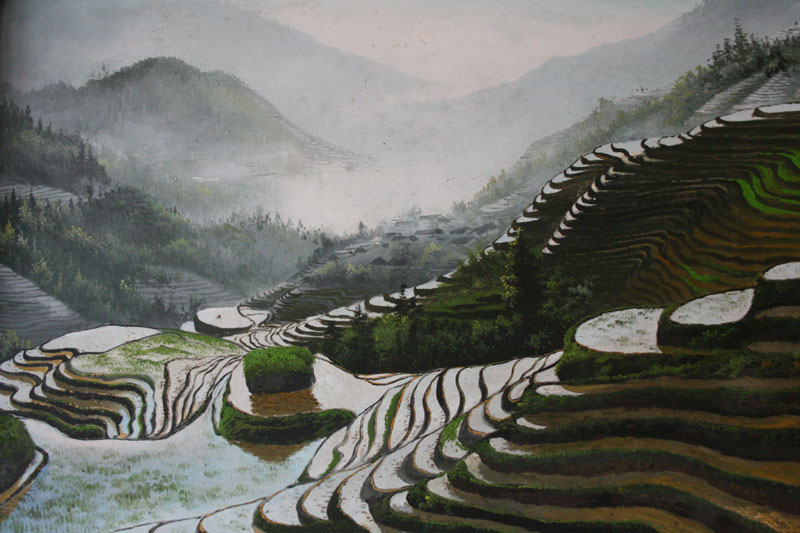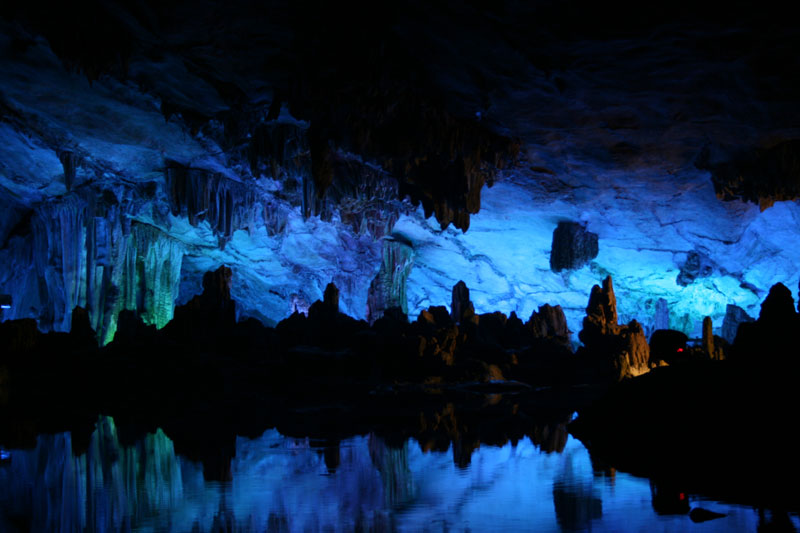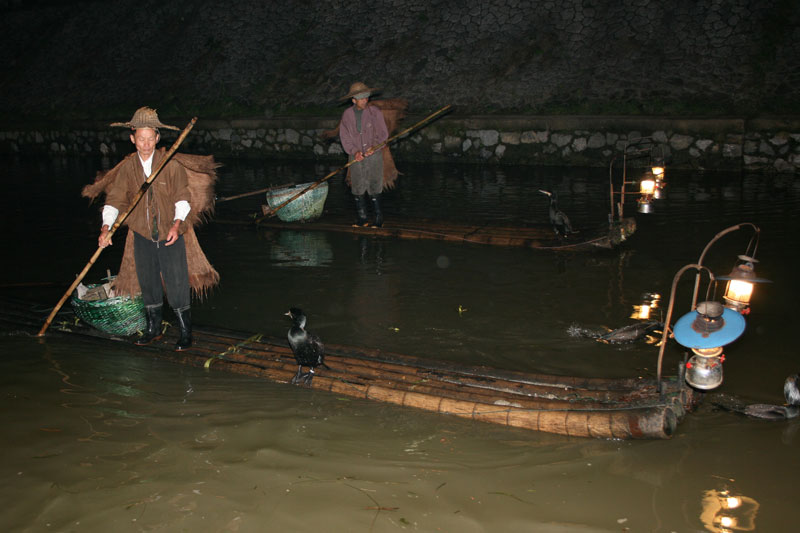No rush this morning, as our flight out of Japan wasn’t until 1:50pm. We managed to accidently catch a train that took us all the way to Kansai Airport, rather than changing trains partway through the trip. The Japan section of the trip home was easy, as expected, but with a twist: The twist came when we were told in Osaka that we couldn’t check our luggage through to Sydney – we would have to collect it in Shanghai and re-check in for the Shanghai to Sydney part of the trip. This meant going through Chinese immigration, customs, baggage collection and quarantine, then go down to Departures and check in (with only 2 staff checking hundreds of people in), emigration and security check, rather than just stay in a transit lounge. This all took about 2 hours. Lucky our connecting flight wasn’t too soon.
As soon as we were back in China we knew we were back in China. The plane stopped on the tarmac and we were transferred to the terminal by a bus with a crazy Chinese driver.
After changing our leftover Yen to Chinese Yuan, we had a well-deserved but very expensive drink and a less expensive dinner. The plane was then delayed for an hour before finally departing Shanghai.
Arriving in Sydney around 8:30am we were met by Les and quickly got away from the airport. As we drove south a few things stood out: 1. The sky was so blue. As Lauren said, “The sky is freakishly blue”. 2. We have so much open space. In both China and Japan there is no flat ground that is in its natural state. Houses or small farm plots take up the all the space.
Now that we’re home I’ll compose one last post in a day or two, once the dust settles – a sort of retrospective and maybe some hints and tips that I can refer back to when planning future trips. And if it turns out to be useful to other people then that’s just a bonus. Overall we’ve seen a lot, learned a lot and continued to develop a love of travel in the kids. I’m sure that if more people, especially kids, could experience what we have just experienced the world would be a better place. A glimpse of China teaches you to appreciate what you have. Japan shows what respect and politeness can achieve. But it’s good to be home.

